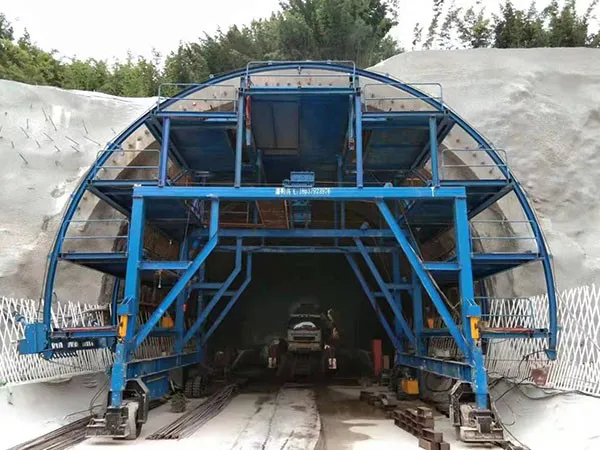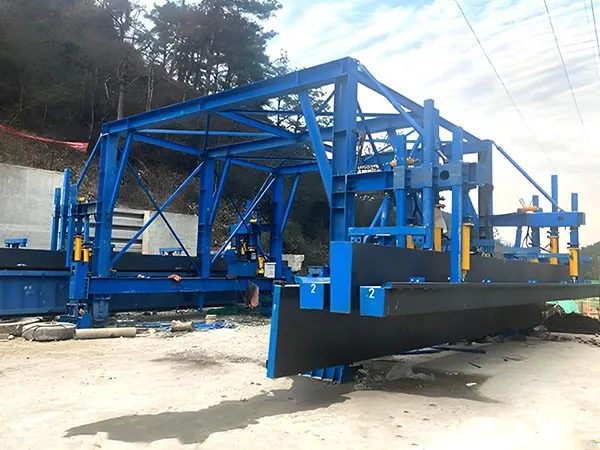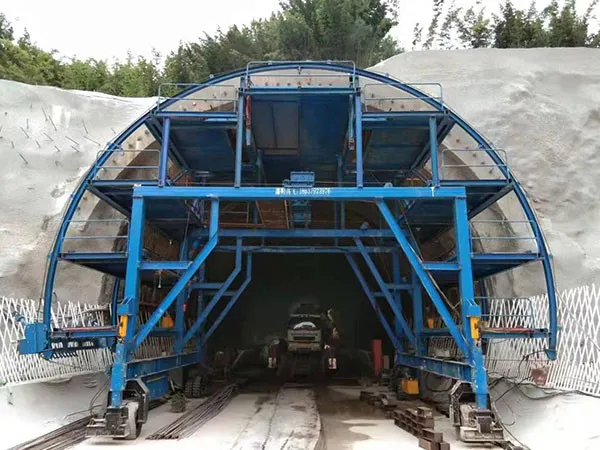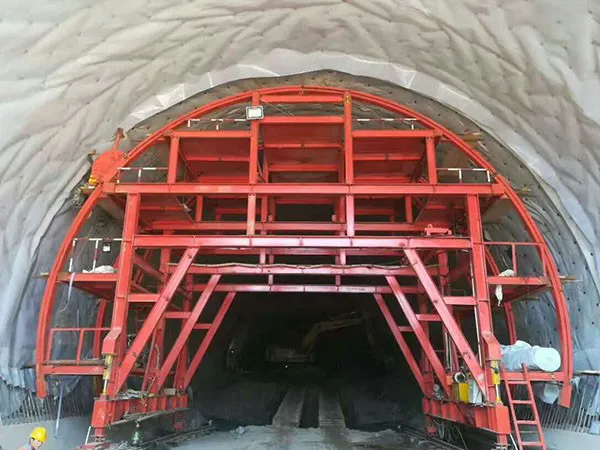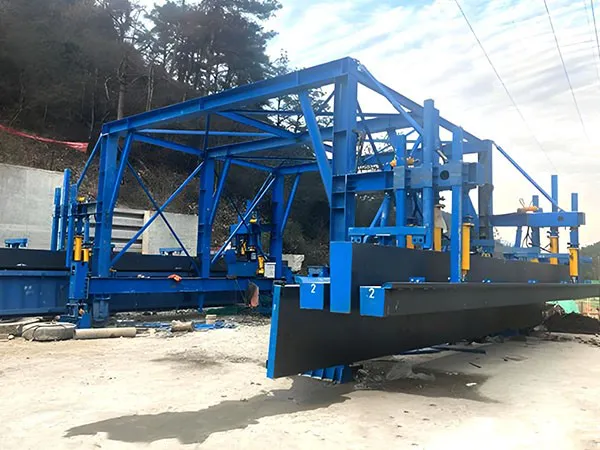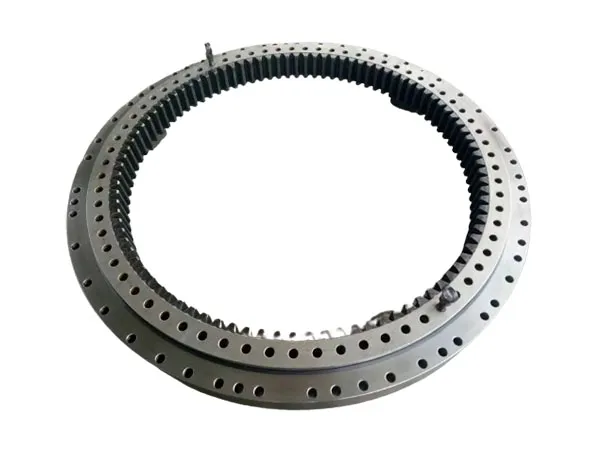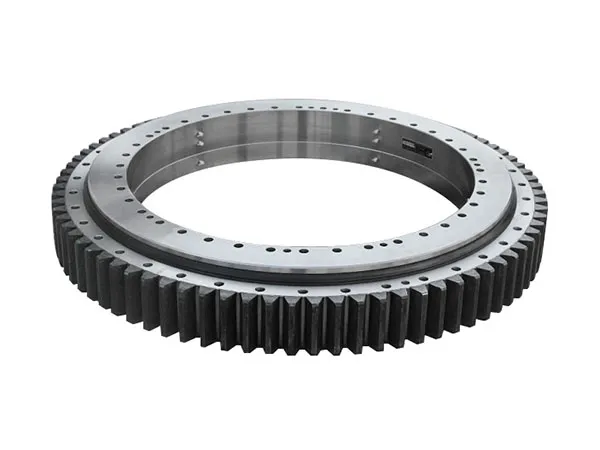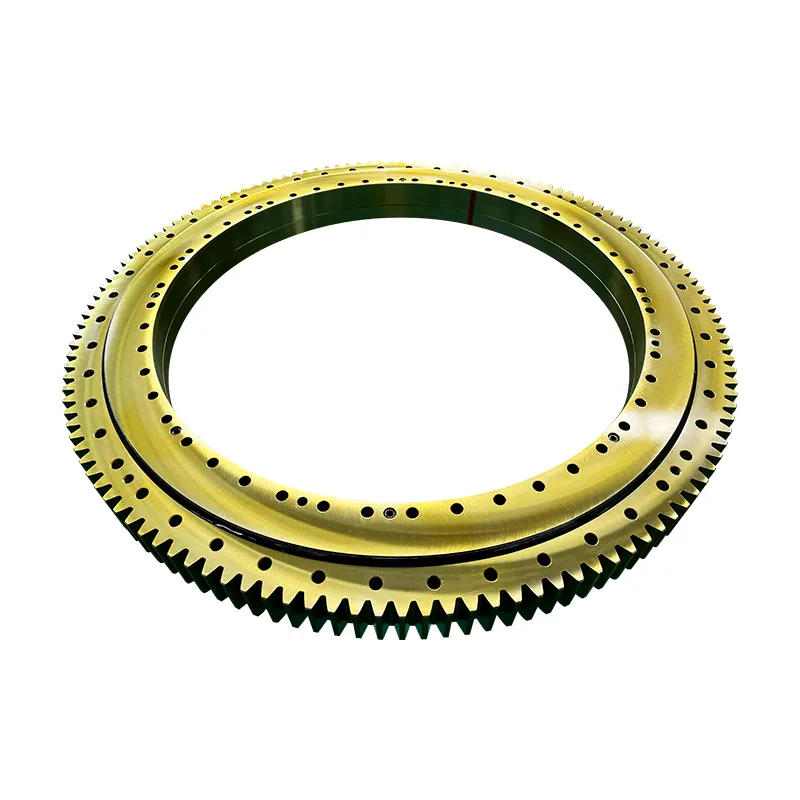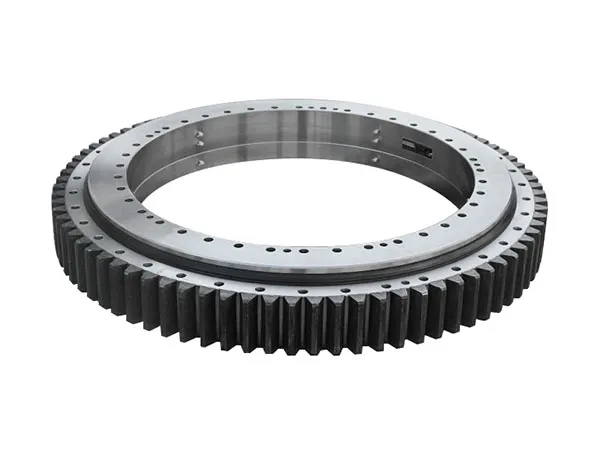Elegir lo correcto bobina de aluminio El espesor es una decisión crítica que equilibra el rendimiento., costo, y capacidad de fabricación. Seleccionar el espesor incorrecto puede provocar fallas en el producto., Aumento de costos, o problemas de fabricación. Depende en gran medida de la aplicación específica y sus requisitos..
Guía paso a paso para elegir el espesor de la bobina de aluminio

Paso 1: Defina su aplicación (¿Qué estás haciendo??)
Esta es la pregunta más importante.. El uso final dicta casi todos los demás requisitos..
Estructural: ¿Es un panel de techo portante o una carrocería de camión??
Arquitectónico: ¿Es revestimiento decorativo?, una señal, o una canaleta?
Embalaje: ¿Es la tapa de una lata de bebida??
Industrial: ¿Es para conductos HVAC o intercambiadores de calor??
Paso 2: Evaluar los requisitos estructurales y de rendimiento
Una vez que conozca la aplicación, determinar las fuerzas que debe soportar.
Capacidad de carga: ¿Necesitará soportar peso? (como nieve en un techo) o resistir la presión (como el viento contra una pared)? Las bobinas más gruesas proporcionan mayor resistencia y rigidez..
Resistencia a impactos y abolladuras: ¿Estará el producto en un área de mucho tráfico o expuesto a posibles impactos como granizo o grava?? Una bobina más gruesa es mucho más resistente a las abolladuras..
Rigidez y planitud: Para grandes, superficies planas como paneles arquitectónicos o letreros, El material fino puede aparecer ondulado o distorsionado., un fenómeno llamado “enlatado de aceite.” Una bobina más gruesa proporciona la rigidez necesaria para mantener la superficie plana y lisa..
Paso 3: Considere la fabricacióng Proceso
¿Cómo convertirás la bobina en un producto final??
Doblar y formar: El aluminio más delgado es mucho más fácil de doblar. El material más grueso requiere maquinaria más potente y tiene un radio de curvatura mínimo mayor. (no puedes hacer una esquina tan afilada sin que se agriete).
Estampación y Dibujo: Procesos de embutición profunda (como hacer una lata) requieren muy específico, a menudo delgado, y aleaciones altamente conformables.
Soldadura: Los materiales más gruesos son generalmente más fáciles de soldar que los materiales muy delgados., que puede quemarse fácilmente.
…
Para obtener más detalles sobre cómo elegir el espesor de bobina de aluminio adecuado, por favor haga clic aquí: https://www.dw-al.com/a/news/aluminum-coil-thickness-choose.html


